This is an excellent paper on modelling the carbon emitted by New Zealand homes during construction and use against the IPCC 1.5 degree emission targets. The authors follow population weighting all the way down. I recommend reading the whole thing. Figure 1 shows the current estimates for New Zealand new construction Life Cycle Analysis (LCA) carbon emissions for the next …
Time for deep retrofits
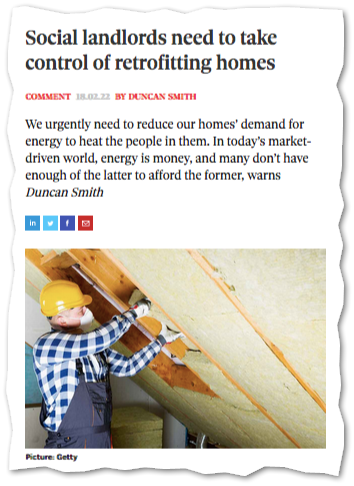
MBIE’s Building for Climate Change programme is going to drive greater energy efficiency in new buildings. Among other things, it will introduce actual performance modeling for New Zealand buildings. This is a huge step forward. However, we also urgently need to improve our existing buildings. Let’s talk retrofits. Retrofit solutions to existing homes are needed. We need to improve insulation, …
Luggate Hall delayed
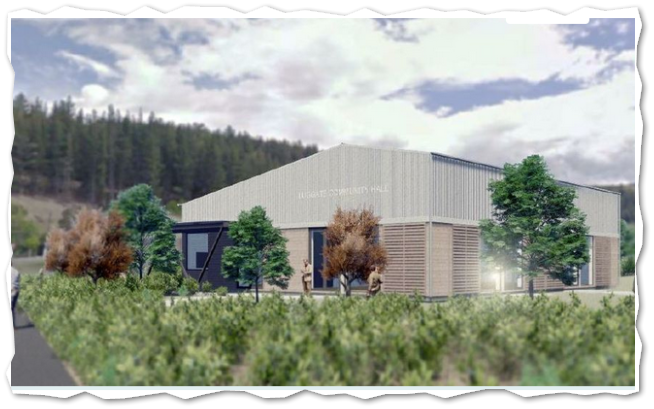
It’s a shame to hear about delays in construction to Luggate Hall but supply chain issues are a huge issue across the industry. Delays in shipping the Passive House certified windows from Europe were cited as the cause in a Queenstown Lakes District Council media release. This is going to be a great project: New Zealand’s first community building that …
Zero-energy building sector vital to addressing climate change

Buildings have a big role in addressing climate change. This nice and short technical paper shows how reducing consumption is the only way to address climate change that does not demand large negative carbon sinks. Diana Ürge-Vorsatz is one of the co-authors and the paper includes discussion about her concept of the “lock-in effect” that I have found so useful. …
Finally, NZ new homes are shrinking
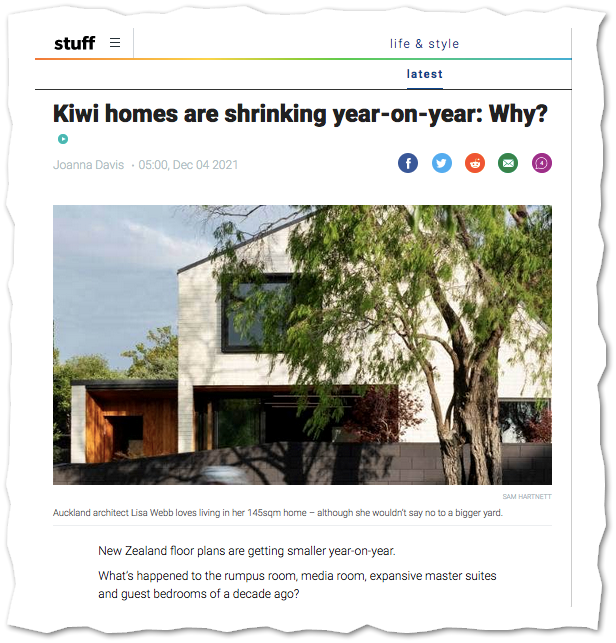
Happy news in this thoughtful article from Stuff about why the average new dwelling is getting smaller in New Zealand. (How it’s getting smaller is obvious: smaller stand-alone homes but mostly it’s the growing numbers of townhouses and apartments that is lowering the average. I’d be interested to see the figure for stand-alone houses only.) It is of course section …
Fuel poverty harms mental health too
Living in a cold house you can’t afford to heat causes physical health problems, up to and including premature death. There’s plenty of evidence supporting this and I’m grateful to researchers like Professor Philippa Howden-Chapman and her colleagues at the University of Otago for (a) doing the research in this country and (b) communicating their research findings to a broad …
Free thermal bridge modelling training
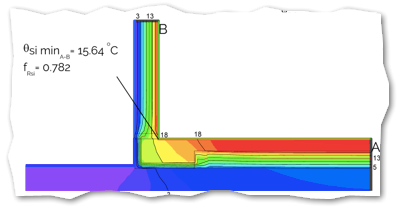
If you’re working on Homestar V5 projects, this free webinar is for you. (It’s also ideal for all those newly qualified Passive House designers!) Sustainable Engineering’s Jason Quinn is teaching an introduction to thermal bridge modelling on 23 February. Jason is the author of PHINZ’s High-Performance Construction Details Handbook: he knows thermal bridges inside and out. The hour-long lunchtime webinar …
Why Passive House costs more
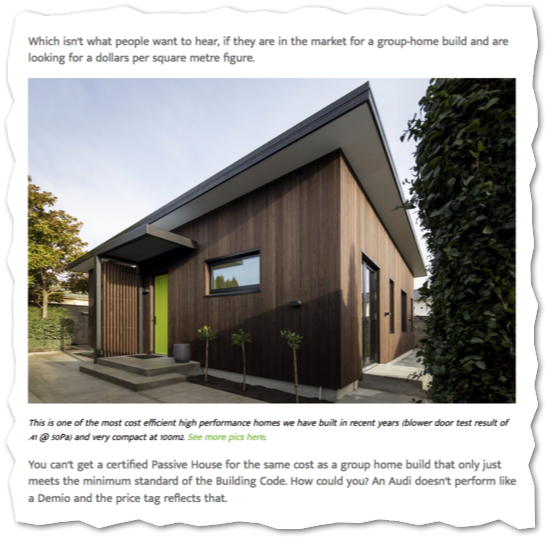
If you’ve met Christchurch Passive House builder Peter Bielski, you’ll know he’s a man of few and well-chosen words, not minced. His company is involved in an ambitious project to create a new sub-division of certified Passive House Plus homes. In a recent blog post, he tackles the question of cost premiums for Passive House performance. He’s quite right: when …
What’s it like? Passive House homeowners tell
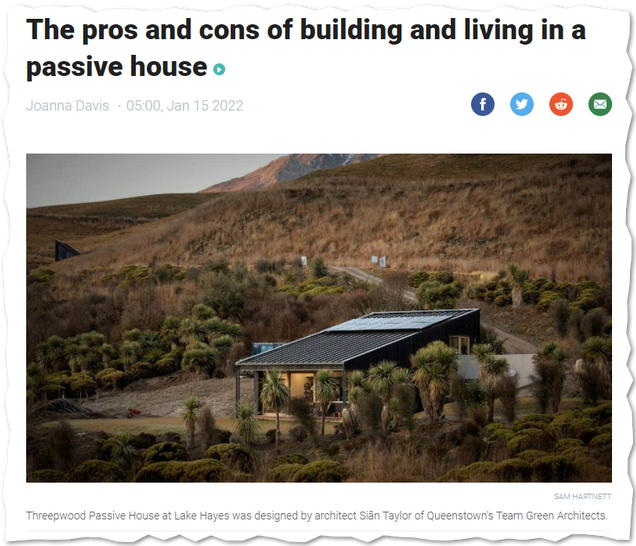
Another in-depth article from the Stuff network about Passive House, that talks to people about their experience living in a (mostly certified) Passive House. It gets into the thorny cost premium issue too. I was especially pleased to see Sian Taylor’s project receive some more coverage. Shifting her young family from a typical Queenstown house (she reports ice on the …
